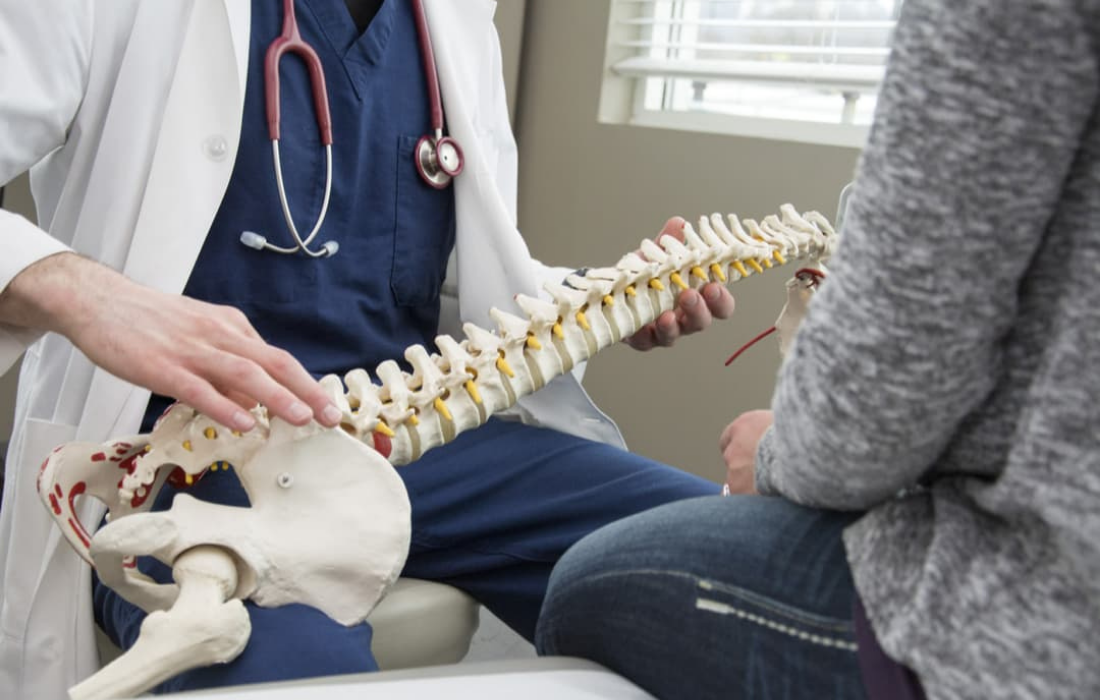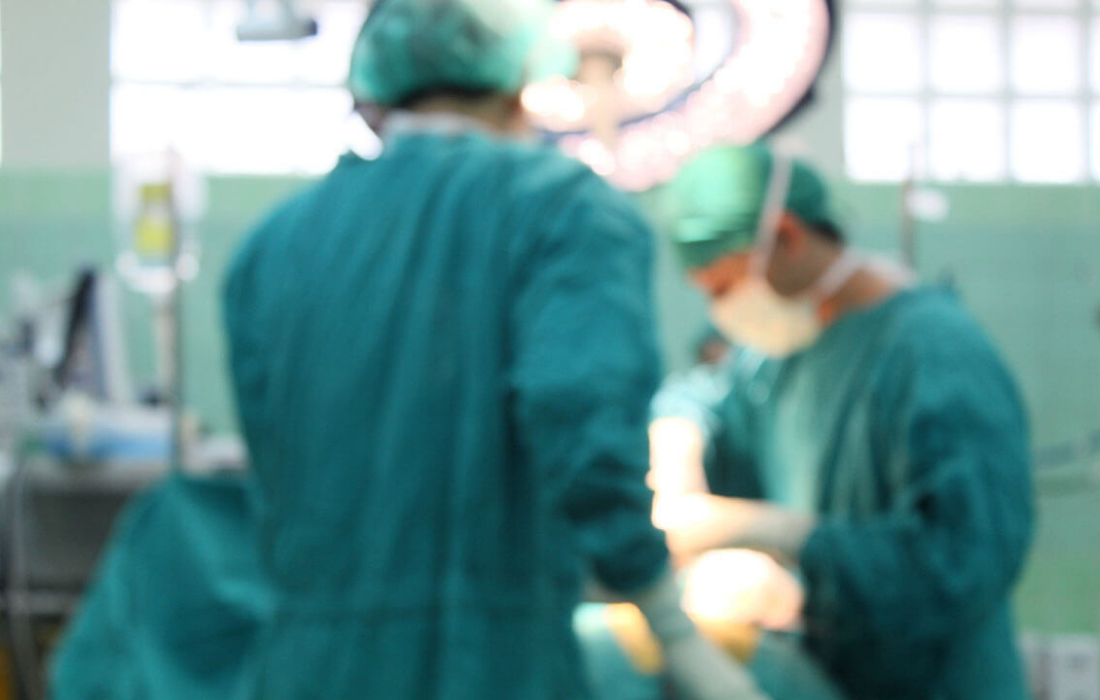What Is a Laminectomy?
A laminectomy, also known as spinal decompression or decompression surgery, is a procedure designed to relieve pressure on nerves and nerve roots that originate in the spine. Surgeons remove part of a vertebra (backbone) called the lamina that covers the spinal canal. This creates more space for nerves and nerve roots that had previously been crowded or compressed, which can cause pain, tingling, numbness or weakness in the part of the body served by the nerve.
Each vertebra is made of three parts:
- A round drum, between which intervertebral discs sit
- A vertebral arch that protects the spinal cord
- Various bony outcroppings (processes) to which tendons and ligaments attach
The lamina is a part of the vertebral arch. Removing the lamina gives the spinal cord more room and can remove abnormal pressure from nerves.
Laminectomy Indications
A laminectomy is a surgical procedure for any condition that causes a crowding or compression of nerves or nerve roots in the spine. These conditions can include:
- Herniated disc: Between each vertebra is a fibrocartilage disc that acts as a shock absorber and provides protection to the backbones and the spinal column. When part of the soft inner layer of one of these discs punches through the hard outer layer, it is known as a herniated disc or bulging disc. This bulge can sometimes press on a nearby nerve.
- Spinal stenosis: Spinal stenosis is the narrowing of the spinal column. It has a number of potential causes, including arthritis, bone spurs and herniated discs. A laminectomy makes more room for the spinal cord and the nerves that branch from it.
A laminectomy is rarely a first-line treatment. Normally when an orthopedic surgeon recommends a laminectomy, the patient has already tried more conservative methods such as rest, physical therapy and corticosteroids to relieve his or her back pain.
How a Laminectomy Is Performed
A laminectomy is performed under general anesthesia, so the patient is asleep during the operation.
The surgeons make an incision over the vertebra and move the muscles out of the way. Then they use small tools to remove the lamina. If the laminectomy is being performed to correct a herniated disc, the surgeons will also remove the bulging part of the disc, as well as any pieces of the disc that have broken loose (this is called a discectomy).
Sometimes a spinal fusion will be necessary, especially if the vertebra being operated upon or the one above or below it has slipped out of alignment. Surgeons will attach a vertebra to the one above or below it using a bone graft and sometimes metal hardware.
Laminectomy Recovery
A laminectomy is usually an outpatient procedure—meaning the patient spends no more than 24 hours in the hospital or surgery center after the surgery—but some people may need a brief hospital stay of one or two nights.
Most people feel stiff or sore after a laminectomy, but the pain is usually mild to moderate. Most can return to work after a few weeks, but that will depend on how much sitting, standing, lifting and activity is involved in the person’s job. If a spinal fusion was performed, recovery will likely be longer.
Most people report significant improvements in pain after a laminectomy, but an eight-year study published in 2015 suggests that benefits drop off after about four years. A small number of people continue to have pain after a laminectomy. This is known as post-laminectomy syndrome or failed back syndrome, and can occur after any spinal surgery, not just a laminectomy.
If you have back pain and have not had much success with conservative approaches to treat it, request an appointment with one of UOA’s spine specialists. We can diagnose the cause of your back pain and let you know if a laminectomy or a different procedure is the right treatment for you.




